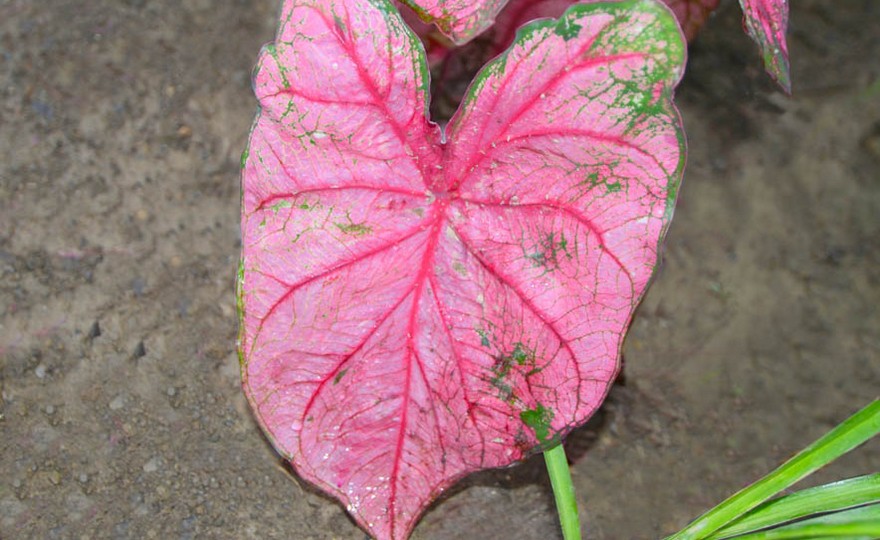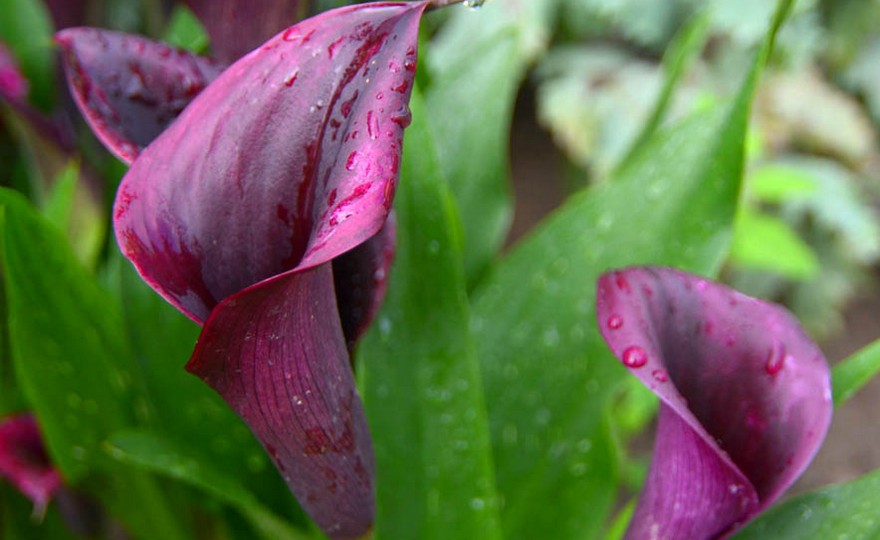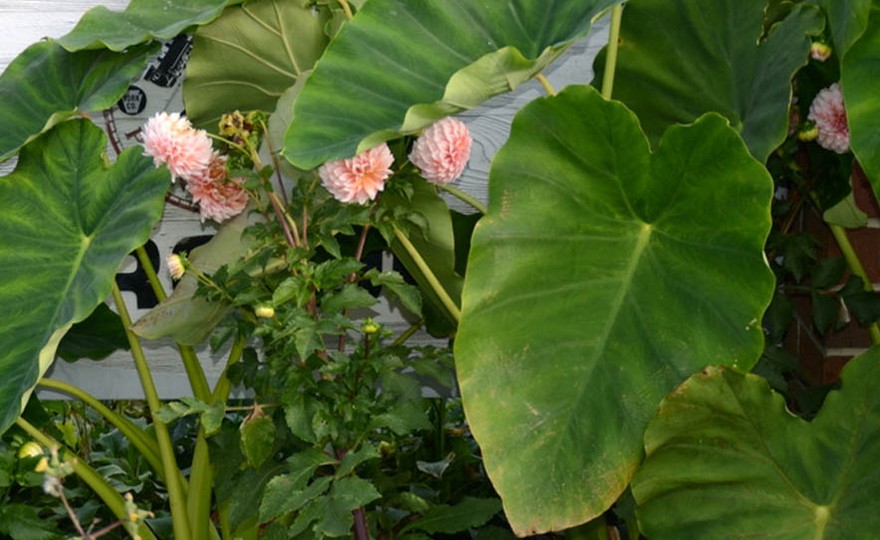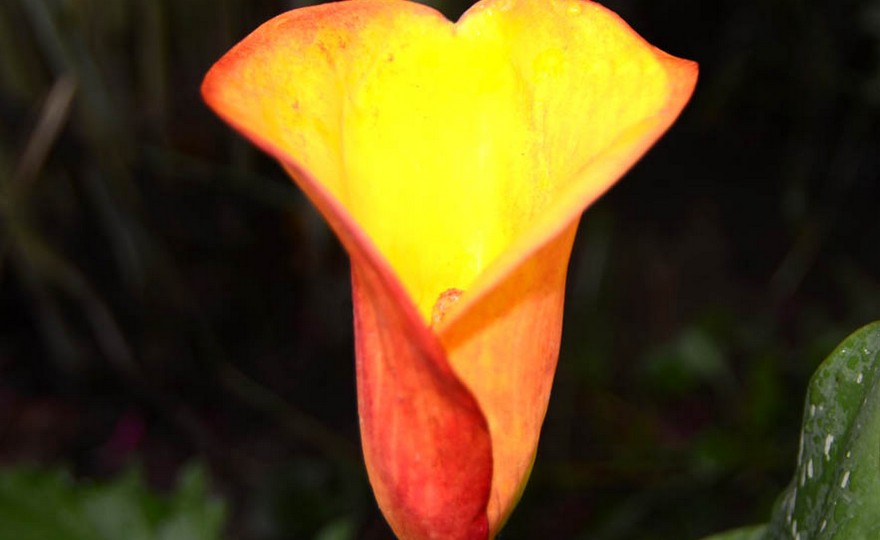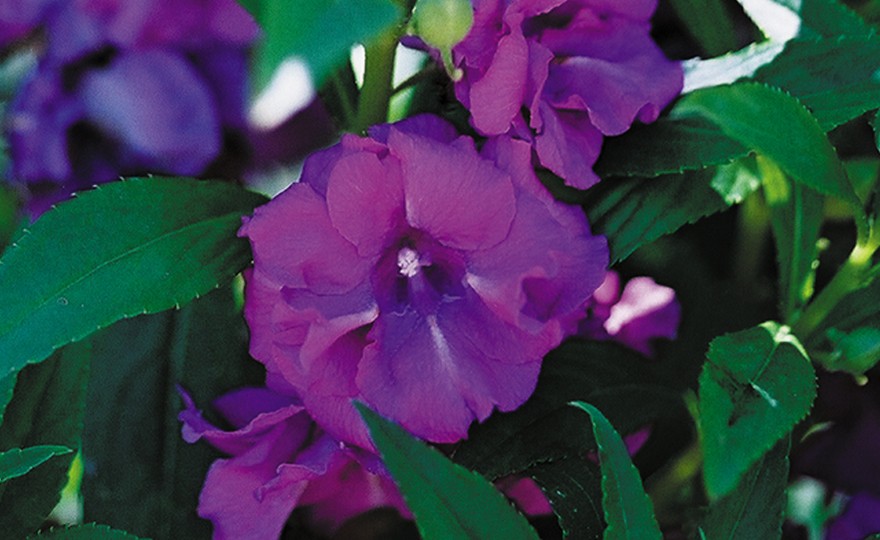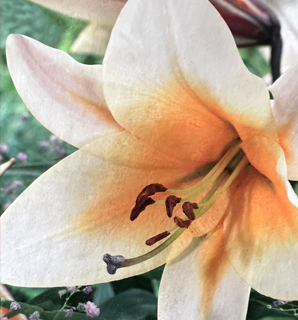
Oriental Trumpet Lily, High Tea
-
- **SOLD OUT** HOLIDAY GIFTS **SOLD OUT**
- **SOLD OUT** Holiday Books **SOLD OUT**
- **SOLD OUT** Holiday Citrus **SOLD OUT**
- **SOLD OUT** Holiday Gift Certificates **SOLD OUT**
- **SOLD OUT** Holiday Paperwhites **SOLD OUT**
- **SOLD OUT** Holiday Praying Mantis Kits **SOLD OUT**
- **SOLD OUT** Holiday Tools **SOLD OUT**
- **SOLD OUT** Holiday Wildflower Mixtures **SOLD OUT**
- Citrus Trees
- **SOLD OUT** - Vegetable and Herb Plants - Mix & Match any 6 Plants for $50 - Only Shipped in Quantities of 6
- Elephant Ear Plants & Roots
- **SOLD OUT** 4-Inch Pot Herb Plants **SOLD OUT**
- Rare Plants
- **SOLD OUT** Vining Plants **SOLD OUT**
- Asian Seeds
- Beneficial Bugs
- Books
- Citrus Fertilizers
- Cold-Treated Bulbs - SEE BULBS FOR FALL PLANTING TO ORDER
- Cold-Treated Allium
- Cold-Treated Chionodoxa
- Cold-Treated Crocus
- Cold-Treated Hyacinthoides
- Cold-Treated Hyacinthus Orientalis
- Cold-Treated Narcissus
- Cold-Treated Cyclamineus Narcissus
- Cold-Treated Double Heirloom Narcissus
- Cold-Treated Jonquilla Narcissus
- Cold-Treated Large Cupped Narcissus
- Cold-Treated Poeticus Narcissus
- Cold-Treated Small Cupped Narcissus
- Cold-Treated Species Miniature Narcissus
- Cold-Treated Split Cupped Narcissus
- Cold-Treated Tazetta Narcissus
- Cold-Treated Triandus Narcissus
- Cold-Treated Trumpet Daffodils
- Cold-Treated Ornithogalum
- Cold-Treated Rock Garden Iris
- Cold-Treated Scilla
- Cold-Treated Tulips
- Cold-Treated Emperor Tulips
- Cold-Treated Fringed Tulips
- Cold-Treated Green or Viridiflora Tulips
- Cold-Treated Lily Flowering Tulips
- Cold-Treated Parrot Tulips
- Cold-Treated Peony Flowering Tulips
- Cold-Treated Single Early Tulips
- Cold-Treated Single Late Tulips
- Cold-Treated Species Tulips
- Cold-Treated Triumph Tulips
- Flower Bulbs, Corms and Tubers
- Bulbs for Spring Planting
- Bulbs for Fall Planting - ALL BULBS AVAILABLE ARE COLD TREATED FOR PLANTING AS SOON AS SOIL CAN BE WORKED
- Fall Blooming Bulbs
- Garden Tools & Equipment
- Gift Certificates
- HHH Exclusive Wildflower Mixtures
- Wildflower Mixtures
- Heirloom Garlic
- Potatoes
- Roots & Sets
- Seeds
- Flowers
- Herbs
- Vegetables
- **SOLD OUT** HOLIDAY GIFTS **SOLD OUT**
-
- No products to compare
-
20 in stock
Quick Overview
ORIENTAL TRUMPET LILY, High Tea
FULL SUN High Tea is the successor to Robert Swanson, a stunning rust and gold Oriental Trumpet. The individual petals of each blossom are tipped with the palest pink which melts into an orangey-rust throat. The effect is exquisite. Each blossom is quite large, approximately 8 inches long.
The plants bloom in mid-summer, reach heights of 44-48 inches, and are hardy from Hardiness Zone 3-9.
Height: 44-48 inches
Bloom Time: Mid-Summer
Hardiness Zone: 3-9
| Type | Spacing | Planting Depth | Days to Germination | Maturity |
| Oriental Trumpet Lily | 6-8 in. | 8-10 in. | 21-35 | 60-75 |

Oriental Trumpet Lily, High Tea
The lilium genus, surprisingly, is only indigenous to the temperate zones of the Northern Hemisphere, but it has been so popular for so many centuries that it is worldwide in distribution. There are many, many species native to North America, Asia and Europe. Flowers are of many different sizes and shapes – some highly fragrant, some not. Lilies were a part of the Greek and Roman civilizations. New World lilies and the lilies of China and Japan were quickly and eagerly embraced by Europeans and the British.
Since the Renaissance, the development and cultivation of lily cultivars has proliferated, but it was not until the late 1800s that the most significant lily introductions were created. E. H. Wilson (1876-1931), the Director of The Arnold Arboretum outside of Boston, MA introduced L. davidii, L. regale, and L. sargentiae. These three lily species became the most important lilies of the 20th century.
Asiatic and Oriental lilies are often very similar in appearance and many astute and experienced gardeners see no difference in the two. However, there are differences and these can be substantial. Oriental lily plants grow taller than Asiatics. The flowers can be heavily fragrant and are usually much larger than the Asiatic blossoms. Orientals bloom much later than Asiatics so it is best to plant both Asiatics and Orientals for continuous blooms from early summer to fall.
Oriental lilies can be planted in the fall or the spring. If planting in the fall make sure the location does not become soaking wet in the winter or the bulbs will rot. Lilies can be planted in the spring as soon as the ground can be worked and up until mid-June. Lilies planted after mid-June may not bloom the first year. Plant the bulbs in organically rich soil amended with bone meal. Keep the soil moist, but do not allow the bulbs to stand in water. Plant the bulbs 6 inches apart and at least 6 inches deep. In Hardiness Zones 1-4, planting the bulbs 8 inches deep is recommended. Twice a year, mix some coffee grounds (1/4-1/2 cup) into the surface soil around the plants. Lilies like a slightly acid soil and the coffee grounds will help.
Planting Lilies in Containers
Lilies LOVE being grown in containers, but the containers must be deep – at least 10-12 inches. Use the soil mix described in detail in our Harvesting History YouTube video. Do not use prepared soil mixes.
The Best Soil Mix for Containers
Briefly the soil mix is 60% topsoil, 20% peat moss and 20% compost or dehydrated cow manure. You can plant according to the following chart:
| Type | 10-12 inch | 14 inch | 18 inch |
| Asiatics | 3 Bulbs | 5 Bulbs | 10 Bulbs |
| Orientals | 2-3 Bulbs | 3-5 Bulbs | 6-8 Bulbs |
| Oriental Trumpets Tigrinums | 2 Bulbs | 3 Bulbs | 4 Bulbs |
Plant the bulbs 8 inches deep. Dust the hole with ¼ cup bone meal per bulb. Cover the bulbs with 8 inches of soil. Water heavily, but do not allow the pots to stand in water. Once the lilies have emerged from the soil, fertilize every two weeks with blossom booster fertilizer.
In the fall, when the top growth has died completely back, remove the dead growth and dust the surface of the soil with bone meal. Mulch with 2 inches of compost, if possible, or a mix of peat moss and dehydrated cow manure-5 parts peat moss to 1 part manure.
Make sure you water your lilies throughout the summer. Do not allow the pots to dry out.


